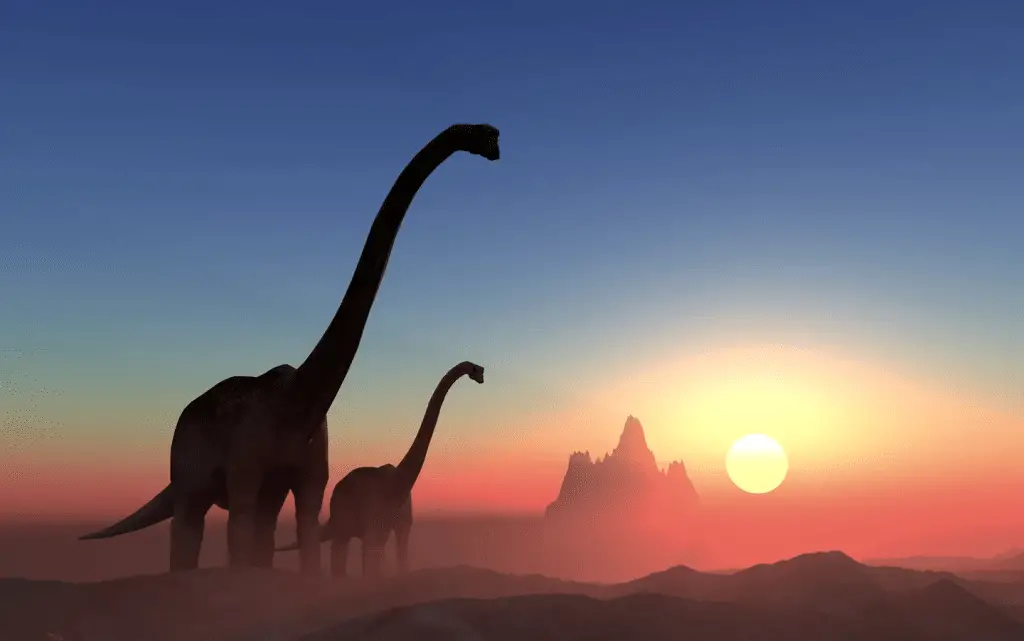Have you ever thought that there were dinosaurs in Italy? Yes, own here, in our peninsula, which millions of years ago was inhabited by these enormous reptiles. It seems incredible, doesn’t it? Neverthelessagainst all expectations, the remains of a group of dinosaurs they were found own in the Fisherman’s Village, near Trieste. It is a discovery that radically changes what we thought we knew about the geological past of our country.
Over the years, it was believed that Italy was submerged by the sea during the Mesozoicmaking it impossible to find dinosaur skeletons on our territory. But this discovery has overturned all previous theories. Not only have we found dinosaur fossils, but they are complete and well-preserved skeletons.
Who is Antonio?
The name that stands out most in this incredible discovery is Antonioa herbivorous dinosaur that lived about 80 million years ago. Its skeleton is one of the most complete ever found in Europe, and it is not alone: other dinosaur remains have been discovered nearby. Antonio is not an isolated case, and there is much more to discover about the life of dinosaurs in Italy.
But who is Antonio really? The name comes from Antonio Klingender, a geologist involved in the discovery. This dinosaur belongs to the family of hadrosaurs, also known as “duck-billed” dinosaurs. However, contrary to what one might think, Antonio’s beak was not at all similar to that of a duck!

A chance discovery
The story of this discovery is as fascinating as the dinosaur itself. Tiziana Brazzatto, a university student, was doing research for her thesis in the 1980s when, by pure chance, she found a fossil hand emerging from the gray limestone. It was the first sign of the presence of Antoniowhich would only be unearthed several years later. We can’t help but wonder how such random events can lead to discoveries that rewrite history.
But was Antonio really alone?
Although Antonio is the most famous, in 1998 a second dinosaur was found in the site, nicknamed Brown. While digging to extract the block of rock that contained Antonio, scientists discovered that, in that block, there were also the bones of another dinosaur! Bruno was larger and more robust than Antonio, and his characteristics indicate that he was an adult specimen, unlike Antonio who was discovered to be a juvenile.
How did these dinosaurs live?
Life for these dinosaurs was not easy at all. The area where they lived, today known as the Fisherman’s Village, was a karst environment, full of irregularities and crevasses. Antonio and his fellows had to adapt to this hostile habitat, developing powerful limbs and robust muscles to maintain balance and move agilely. It is amazing to think about how these enormous animals evolved to survive in such difficult conditions.
The future of paleontology in Italy
Today, the fossils of Antonio and Bruno offer us an extraordinary glimpse into a little-known period in Italian history. But we are only at the beginning. Researchers have discovered at least seven more individuals of the same species, and there are likely even more remains to be found and studied.
And you, did you know that there were dinosaurs in Italy? Has this discovery changed your vision of our country’s past? It is fascinating to think that, beneath our feet, there might still be hidden secrets, waiting to be discovered.
Don’t miss your chance to support new research! You can follow all the updates on the book dedicated to these incredible discoveries and participate in the conferences where the next studies will be discussed. Share this article with anyone you think might find the story of Antonio and Bruno interesting, and make your support felt by commenting below!
#Dinosaurs #Friuli #Discovery #Changed
